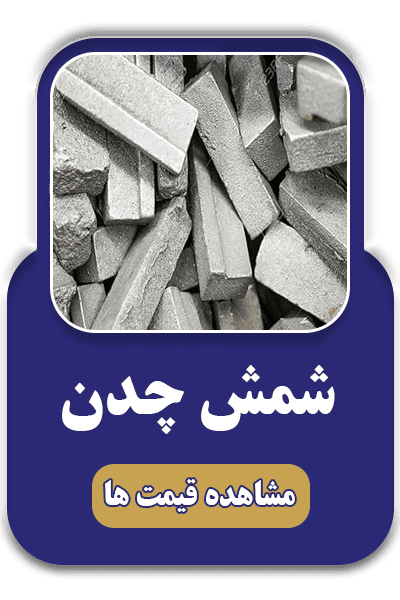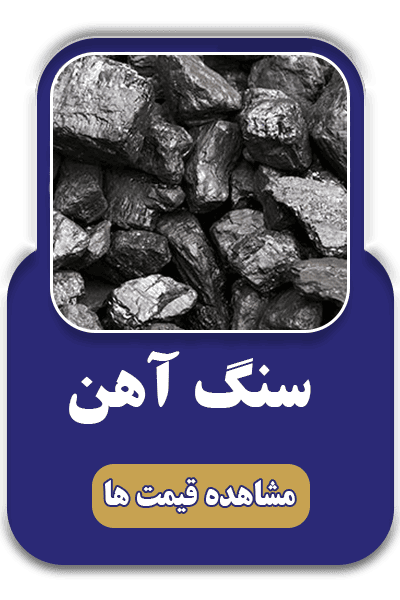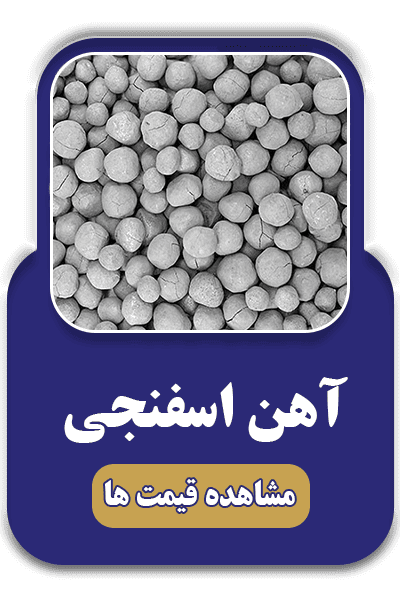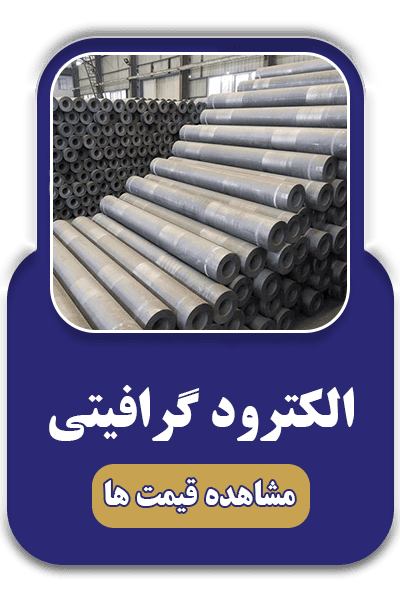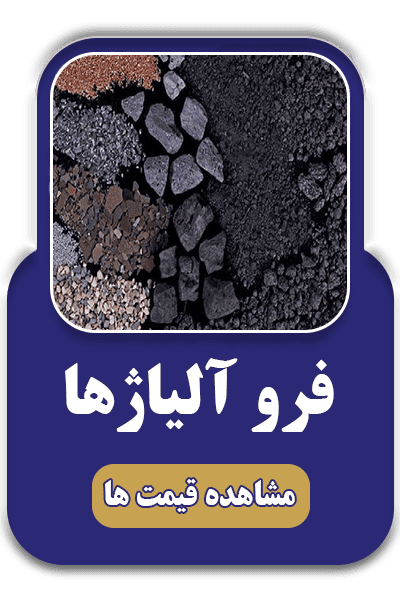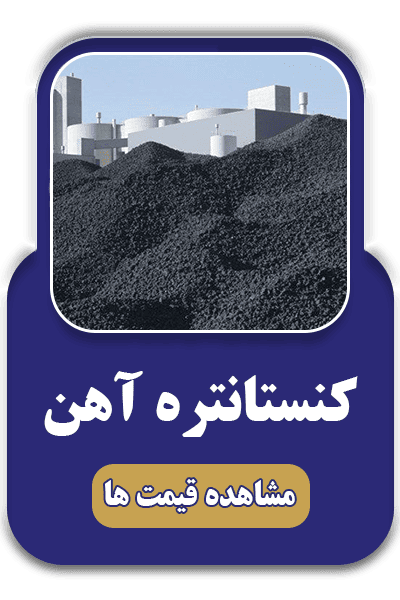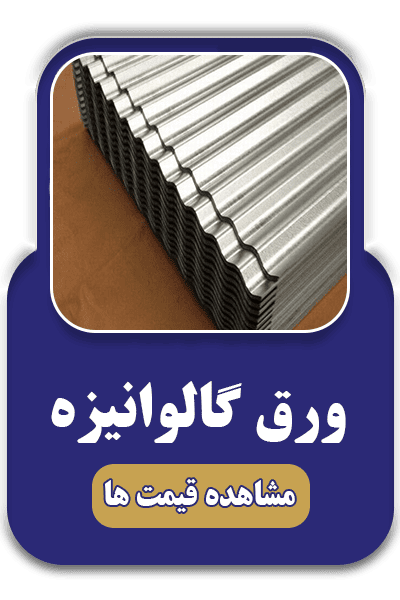| نام | نوع | واحد | محل بارگیری | قیمت | تغییرات | ||
|---|---|---|---|---|---|---|---|
| گندله سنگ آهن گل گهر | گندله آهن | تن | کارخانه | 7,533,600 تومان |
ثابت
|
خرید | |
| آهن اسفنجی صنعت فولاد شادگان | آهن اسفنجی | تن | کارخانه | 16,410,400 تومان |
4.5%-
781,900تومان
|
خرید | |
| سنگ آهن دانه بندی سازمان توسعه و نوسازی معادن و صنایع معدنی ایران | سنگ آهن دانه بندی | تن | کارخانه | 1,773,000 تومان |
ثابت
|
خرید | |
| ورق گالوانیزه فولاد دشتستان | ورق گالوانیزه | کارخانه | 46,944,500 تومان |
0.5%-
236,700تومان
|
خرید | ||
| ورق گالوانیزه گروه صنعتی دانیال استیل | ورق گالوانیزه | تن | کارخانه | 49,342,600 تومان |
ثابت
|
خرید |
| نام | نوع | واحد | محل بارگیری | قیمت | تغییرات | ||
|---|---|---|---|---|---|---|---|
| گندله سنگ آهن فولاد سیرجان ایرانیان | گندله آهن | تن | کارخانه | 6,937,300 تومان |
3%-
178,100تومان
|
خرید | |
| گندله آهن احیا استیل فولاد بافت | گندله آهن | تن | کارخانه | تماس بگیرید |
ثابت
|
خرید | |
| گندله آهن فولاد شادگان | گندله آهن | تن | کارخانه | تماس بگیرید |
ثابت
|
خرید | |
| گندله آهن صنایع معدنی فولاد سنگان خراسان | گندله آهن | تن | کارخانه | 7,089,500 تومان |
2.5%-
152,200تومان
|
خرید | |
| گندله آهن و فولاد غدیر ایرانیان | گندله آهن | تن | کارخانه | 6,937,300 تومان |
11,000تومان
|
خرید |
| نام | نوع | واحد | محل بارگیری | قیمت | تغییرات | ||
|---|---|---|---|---|---|---|---|
| آهن اسفنجی سازمان توسعه و نوسازی معادن و صنایع معدنی ایران | آهن اسفنجی | تن | کارخانه | 17,136,200 تومان |
56,100تومان
|
خرید | |
| آهن اسفنجی مجتمع فولاد خراسان | آهن اسفنجی | تن | کارخانه | 23,600,000 تومان |
ثابت
|
خرید | |
| آهن اسفنجی جهان فولاد سیرجان | آهن اسفنجی | تن | کارخانه | 16,000,000 تومان |
2%-
272,000تومان
|
خرید | |
| آهن اسفنجی فولاد خوزستان | آهن اسفنجی | تن | کارخانه | 16,645,300 تومان |
3%-
484,800تومان
|
خرید | |
| آهن اسفنجی احیاء استیل فولاد بافت | آهن اسفنجی | تن | کارخانه | 16,023,300 تومان |
ثابت
|
خرید |
| نام | نوع | واحد | محل بارگیری | قیمت | تغییرات | ||
|---|---|---|---|---|---|---|---|
| سنگ آهن دانه بندی توسعه فرآوری صنایع و معادن ماهان سیرجان | سنگ آهن دانه بندی | تن | کارخانه | 2,600,000 تومان |
ثابت
|
خرید | |
| کنسانتره سنگ آهن توسعه معدنی و صنعتی صبانور | کنسانتره سنگ آهن | تن | کارخانه | 5,061,000 تومان |
1.5%-
61,000تومان
|
خرید | |
| کنسانتره سنگ آهن گوهر زمین | کنسانتره سنگ آهن | تن | کارخانه | 5,592,000 تومان |
1.5%-
66,000تومان
|
خرید | |
| کنسانتره سنگ آهن چادر ملو | کنسانتره سنگ آهن | تن | کارخانه | 4,266,000 تومان |
ثابت
|
خرید | |
| کنسانتره سنگ آهن گل گهر | کنسانتره سنگ آهن | تن | کارخانه | 5,172,000 تومان |
3%-
150,000تومان
|
خرید |
| نام | نوع | واحد | محل بارگیری | قیمت | تغییرات | ||
|---|---|---|---|---|---|---|---|
| ورق گرم نورد و تولید قطعات فولادی | ورق گرم | تن | کارخانه | 36,440,000 تومان |
3%-
990,000تومان
|
خرید | |
| ورق گرم مجتمع فولاد گیلان | ورق گرم | تن | کارخانه | 35,480,000 تومان |
11%-
3,380,000تومان
|
خرید | |
| ورق گرم فولاد اکسین خوزستان | ورق گرم | تن | کارخانه | 40,465,100 تومان |
1%-
271,300تومان
|
خرید | |
| ورق گرم فولاد کاویان | ورق گرم | تن | کارخانه | 33,120,000 تومان |
ثابت
|
خرید | |
| ورق گرم توسعه نور آوان | ورق سرد | تن | کارخانه | تماس بگیرید |
ثابت
|
خرید |

مقالات آهن معدن
مشاهده همه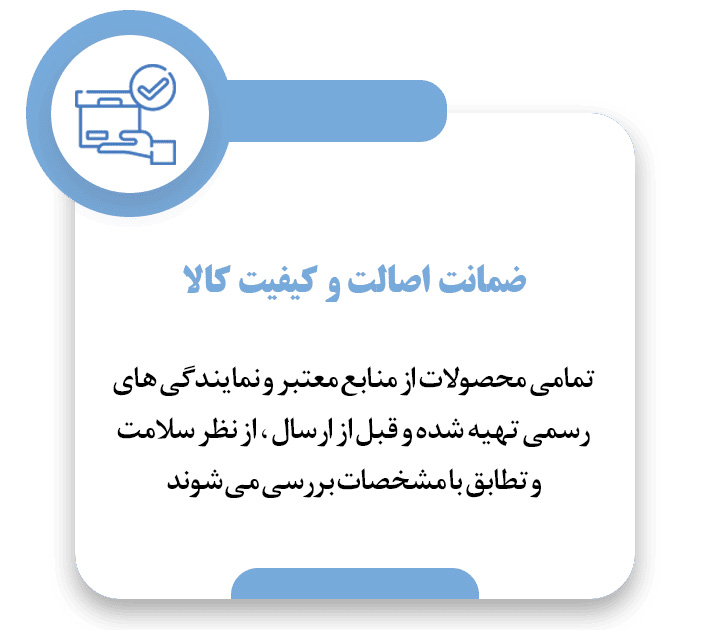
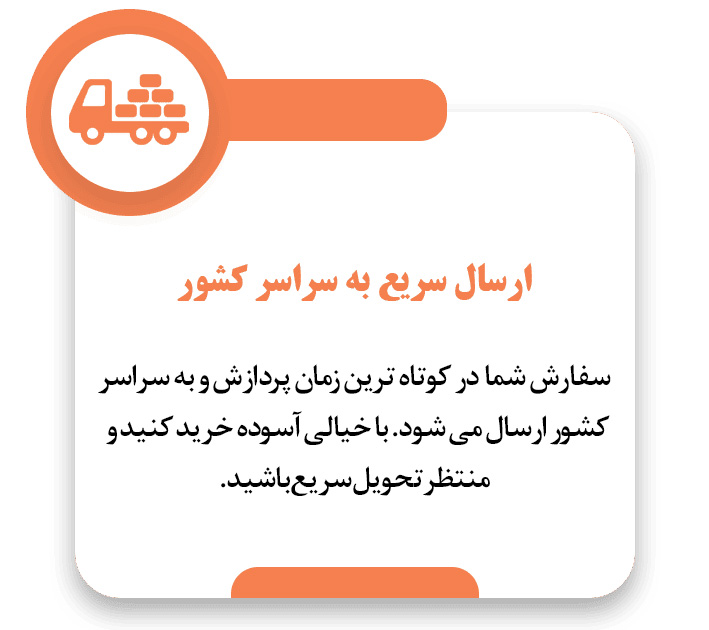
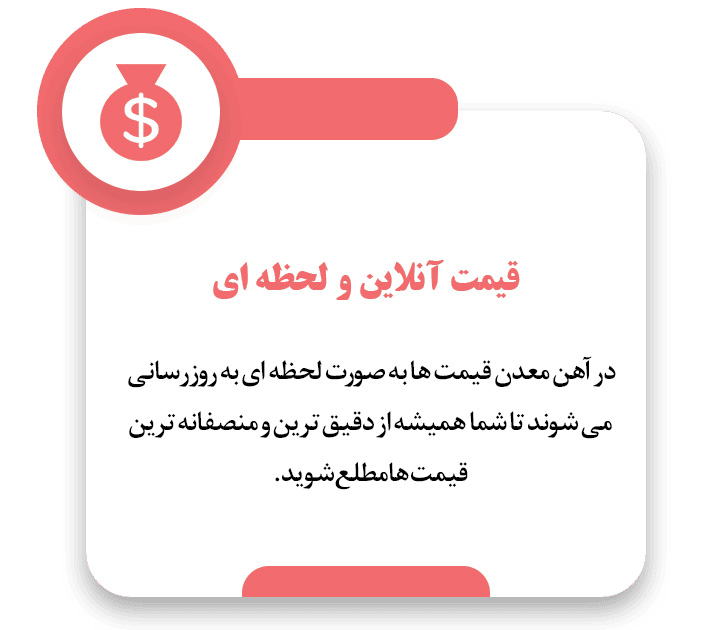
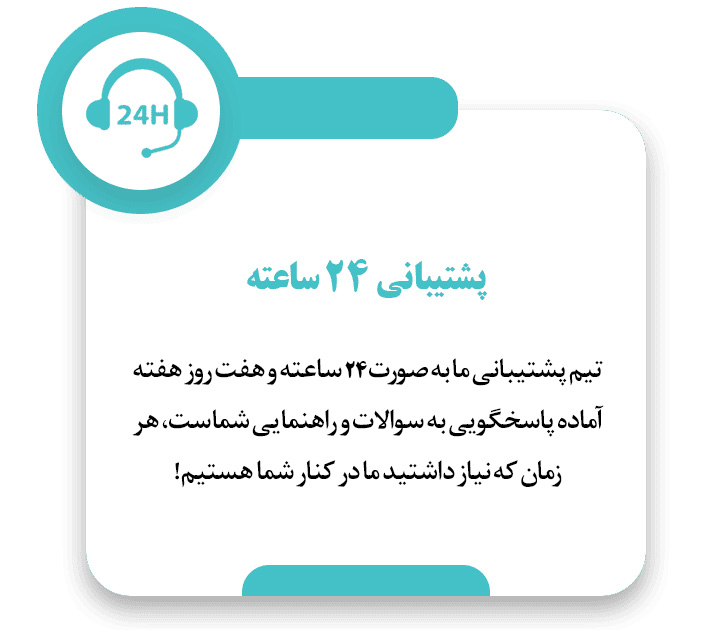
آهن معدن: تأمینکننده مواد اولیه کورههای ذوب
شرکت فولاد تابان آسیا با نام برند آهن معدن،کنسرسیومی از فعالان با سابقه در صنعت فولاد است که با تکیهبر توان فنی و تخصصی و دارای سالها تجربهی در حوزهی فولاد است؛ در راستای تأمین نیاز مشتریان و خرید آگاهانه آنها از بازار فولاد ایران فعالیت میکند. این مجموعه با اتکا به پشتوانه سخت افزاری خود نظیر انباری به مساحت ده هزار متر مربع با سالن سرپوشیده، تأمین و بازرگانی تمام مقاطع فولادی، ارائه گواهینامه معتبر جهت تضمین کیفیت محصولات، خدمات پشتیبانی تا لحظه تحویل و نیز ارائه خدمات ویژه صنایع تولیدی کشور به صورت اختصاصی، میکوشد تا فضای امنی را برای مصرفکنندگان ایجاد کند.
شما میتوانید با مراجعه به سایت یا تماس با مشاوران ما که در سریعترین زمان ممکن پاسخگوی شما عزیزان هستند از نواسانات قیمت گندله آهن، کنسانتره آهن، شمش چدن، سنگ آهن و آهن اسفنجی آگاهی یابید تا بتوانید با صرف هزینه مناسب، بهترین محصول را خریداری نمایید. اعتماد مشتری الویت ماست و در این جهت تمامی محصولات ارائه شده در این شرکت از نمایندگیهای رسمی تهیه شده و سلامت کالا در اختیارتان قرار میگیرد تا اصالت محصول را برای شما تضمین کنیم. در همین راستا علاوهبر ضمانت کالا، بهصورت ۲۴ ساعته در تمام روز هفته محصولات ارائه شده را پشتیبانی میکنیم و از صدور آنی پیش فاکتور تا هنگامی که کالا در سریعترین زمان ممکن به دستتان برسد در کنار شما عزیزان هستیم.








